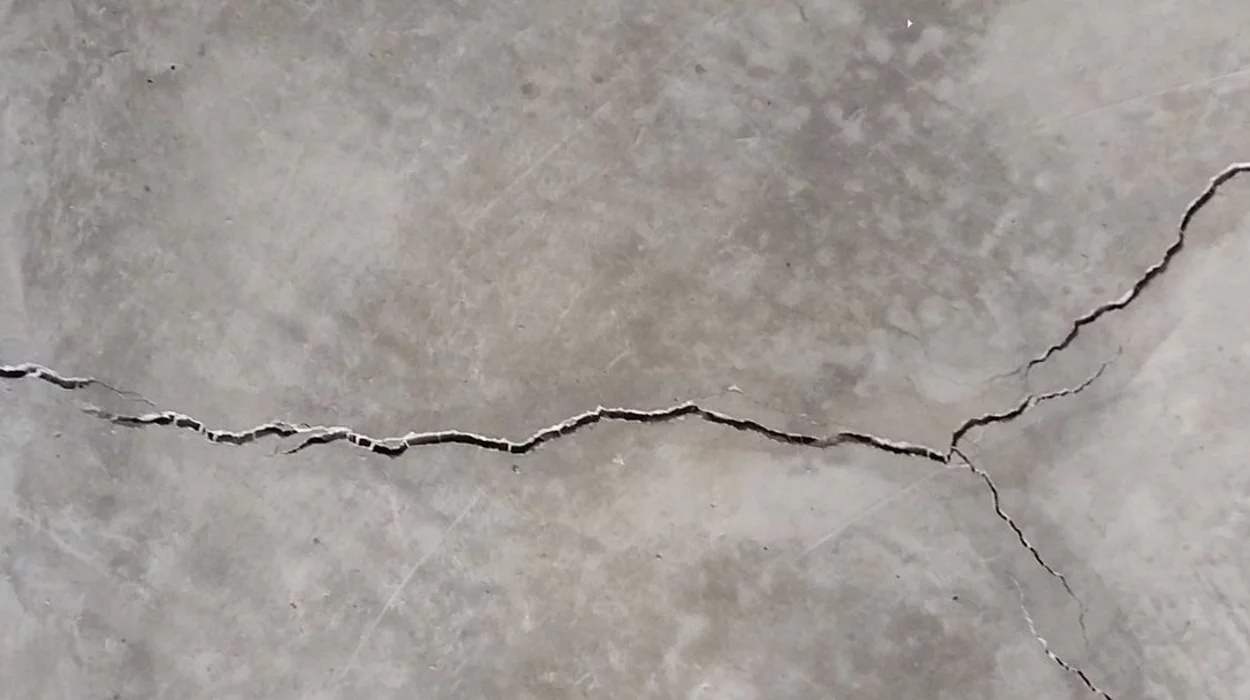 If you own a home or business in Southern Ontario, you know how important it is to protect your property against water damage. One of the most common issues that property owners face is a wet or leaky basement. This can be caused by a variety of factors, including hairline cracks and structural cracks in your foundation walls. In this article, we will explore the differences between these types of cracks and how to protect your property against water damage.
If you own a home or business in Southern Ontario, you know how important it is to protect your property against water damage. One of the most common issues that property owners face is a wet or leaky basement. This can be caused by a variety of factors, including hairline cracks and structural cracks in your foundation walls. In this article, we will explore the differences between these types of cracks and how to protect your property against water damage.
Hairline Cracks
Hairline cracks are small, thin cracks that are typically less than 1/8 inch wide. They are a common occurrence in concrete and masonry walls and can be caused by a variety of factors, including settling of the foundation, temperature changes, and natural wear and tear. While hairline cracks may not seem like a major issue, they can allow water to seep into your basement, leading to moisture buildup and potential mould growth.
If you notice hairline cracks in your foundation walls, it is important to take action to prevent water from entering your basement. One effective solution is to apply a waterproofing sealant to the exterior of your foundation walls. This sealant will create a barrier that prevents water from seeping through the cracks. In addition to sealing the cracks, it is also important to address any underlying issues that may have caused the cracks in the first place, such as poor drainage or soil settlement.
Structural Cracks
Structural cracks are larger and more severe than hairline cracks. They are typically wider than 1/8 inch and can indicate a more serious problem with your foundation. Structural cracks can be caused by a variety of factors, including soil settlement, poor construction practices, and improper drainage.
If you notice structural cracks in your foundation walls, it is important to take immediate action to prevent further damage to your property. Structural cracks can compromise the integrity of your foundation and put your property at risk of collapse. One effective solution for addressing structural cracks is to install a carbon fiber or steel plate to reinforce the affected area. This will provide added strength and stability to your foundation and prevent further cracking. In addition to reinforcing the affected area, it is also important to address any underlying issues that may have caused the cracks in the first place, such as poor drainage or soil settlement.
Preventative Measures
In addition to addressing hairline and structural cracks in your foundation walls, there are several preventative measures you can take to protect your property against water damage. These include:
Proper drainage: Ensuring that your property has proper drainage is essential for preventing water buildup around your foundation walls. Make sure that your gutters and downspouts are clear of debris and that water is directed away from your property.
Waterproofing: Applying a waterproofing sealant to the exterior of your foundation walls can create a barrier that prevents water from seeping through cracks.
Sump pump installation: Installing a sump pump in your basement can help prevent water buildup by directing water away from your property.
Regular maintenance: Regularly inspecting your property for signs of water damage and addressing any issues promptly can help prevent more serious problems from occurring.
Conclusion
 Hairline and structural cracks in your foundation walls can be a major issue for property owners in Southern Ontario. If left unaddressed, these cracks can allow water to seep into your basement, leading to moisture buildup and potential mould growth. By taking proactive measures to prevent water damage and addressing any issues promptly, you can protect your property against the potentially costly effects of a wet or leaky basement. If you are unsure about the severity of any cracks in your foundation walls, it is recommended that you consult with a professional waterproofing contractor, who can evaluate your property and recommend the best course of action.
Hairline and structural cracks in your foundation walls can be a major issue for property owners in Southern Ontario. If left unaddressed, these cracks can allow water to seep into your basement, leading to moisture buildup and potential mould growth. By taking proactive measures to prevent water damage and addressing any issues promptly, you can protect your property against the potentially costly effects of a wet or leaky basement. If you are unsure about the severity of any cracks in your foundation walls, it is recommended that you consult with a professional waterproofing contractor, who can evaluate your property and recommend the best course of action.



